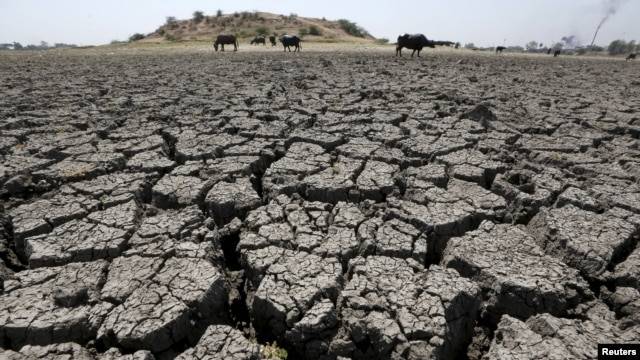Disir
Platinum Member
- Sep 30, 2011
- 28,003
- 9,607
- 910
With China’s late-2014 completion of the Zangmu dam, the largest hydropower dam on the Brahmaputra River (known in Tibet as the Yarlung Tsangpo River), many Indian and international security experts have been warning of the coming of “water wars” between the two countries.
Those who worry about this scenario have three major arguments. First, China will face serious water shortages in the future and so will begin to divert water flow from the Brahmaputra River to its dry north. Second, this would be catastrophic for downstream countries. Third, China’s unwillingness to sign any binding agreement with downstream countries over trans-boundary rivers is evidence of Beijing’s insistence on absolute sovereignty over water, to the significant detriment of downstream countries.
While water issues could well emerge as one of the major threats to Sino-India relations given rapidly rising demand, competing water usage, and threats from climate change, the water wars narrative still seems to be premature.
No Plans to Divert Water
China-India Revisiting the Water Wars Narrative The Diplomat
You have to read through the article to get to what is preventing an agreement:
What should also be noted is that the key stumbling block to substantial cooperation between China and India on the Brahmaputra is the boundary disputes in Southern Tibet (Arunachal Pradesh in India)m since South Tibet forms a large part of the river basin. This makes any water sharing agreement impossible.
That's the problem.
Those who worry about this scenario have three major arguments. First, China will face serious water shortages in the future and so will begin to divert water flow from the Brahmaputra River to its dry north. Second, this would be catastrophic for downstream countries. Third, China’s unwillingness to sign any binding agreement with downstream countries over trans-boundary rivers is evidence of Beijing’s insistence on absolute sovereignty over water, to the significant detriment of downstream countries.
While water issues could well emerge as one of the major threats to Sino-India relations given rapidly rising demand, competing water usage, and threats from climate change, the water wars narrative still seems to be premature.
No Plans to Divert Water
China-India Revisiting the Water Wars Narrative The Diplomat
You have to read through the article to get to what is preventing an agreement:
What should also be noted is that the key stumbling block to substantial cooperation between China and India on the Brahmaputra is the boundary disputes in Southern Tibet (Arunachal Pradesh in India)m since South Tibet forms a large part of the river basin. This makes any water sharing agreement impossible.
That's the problem.



